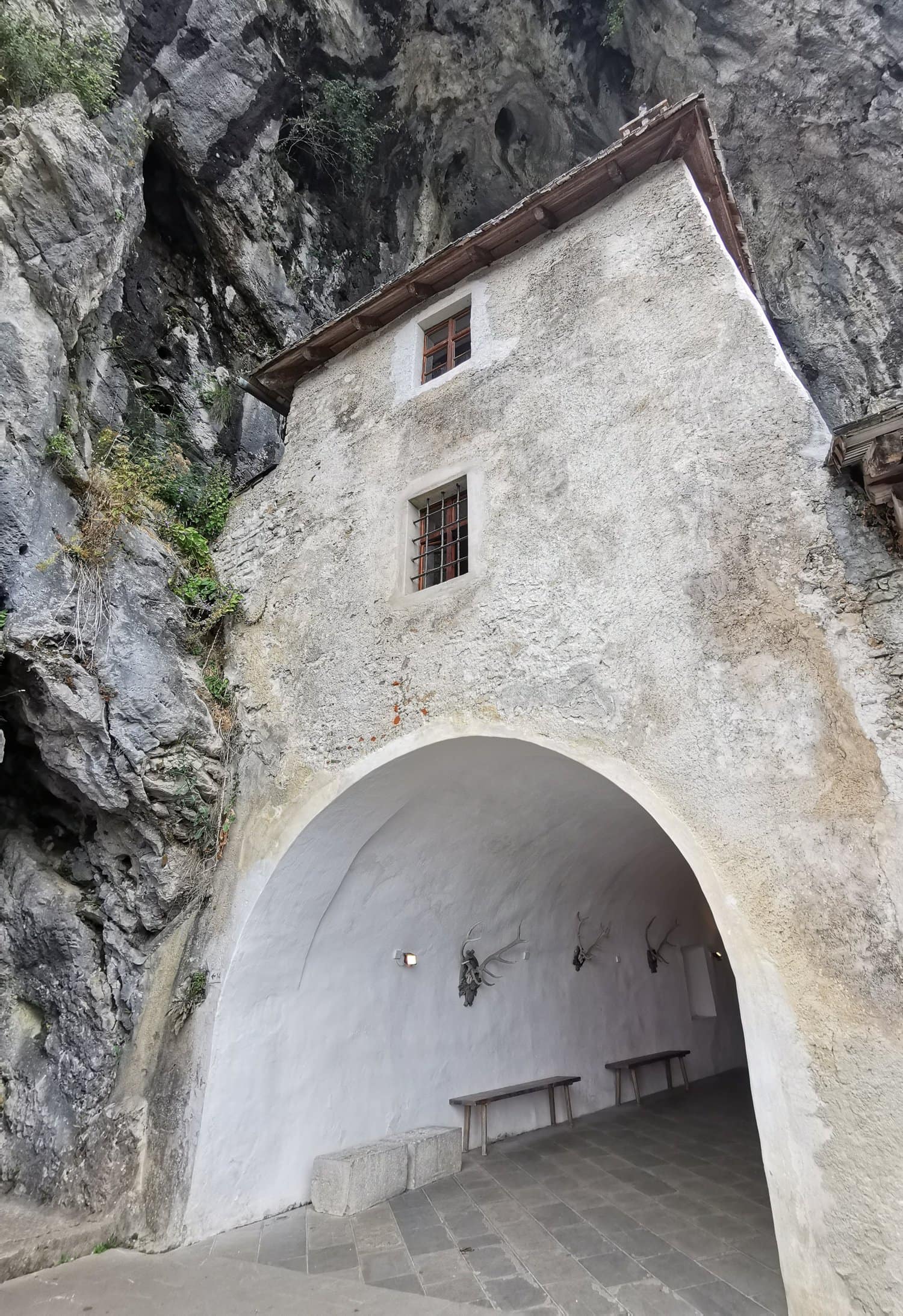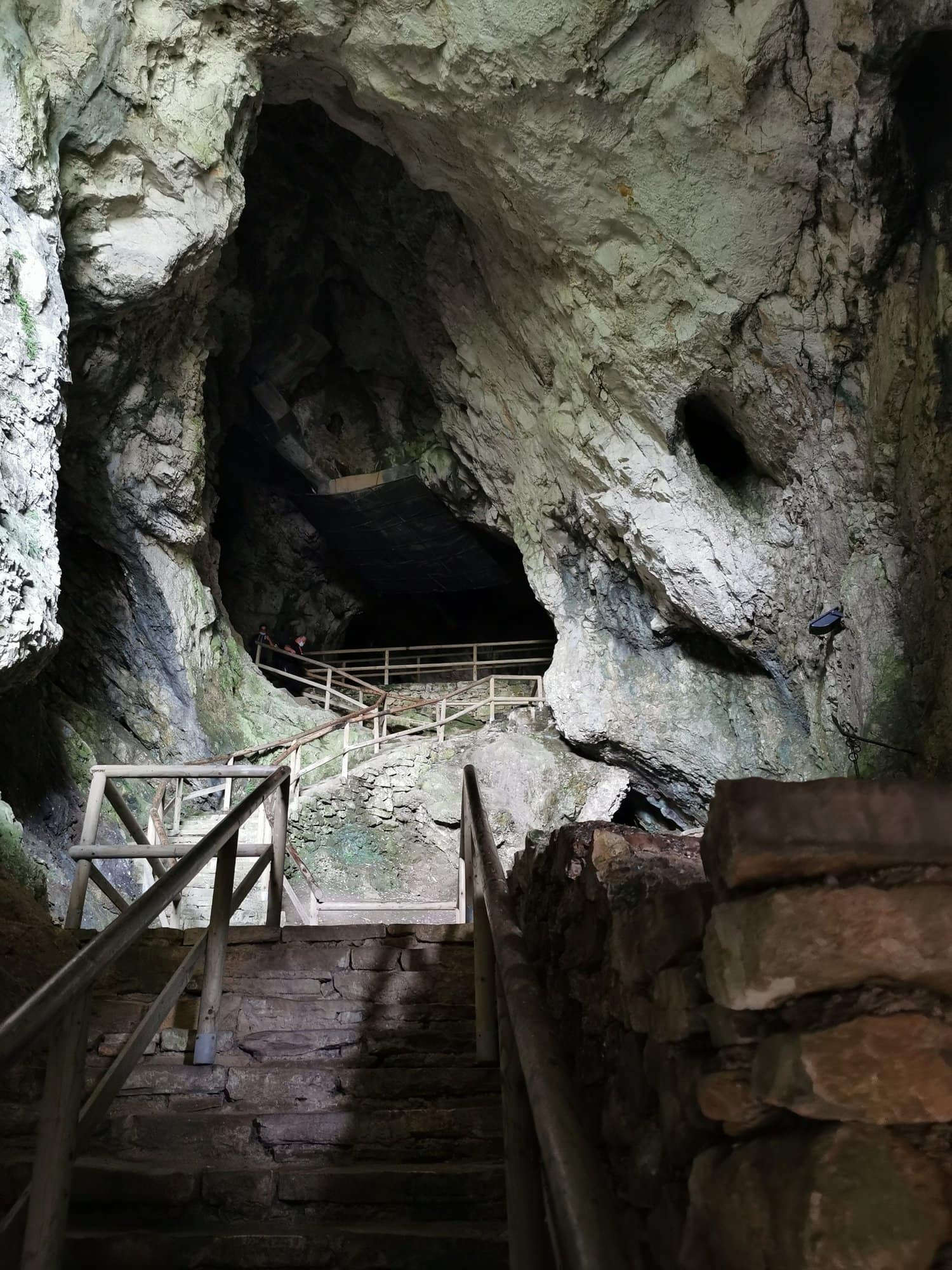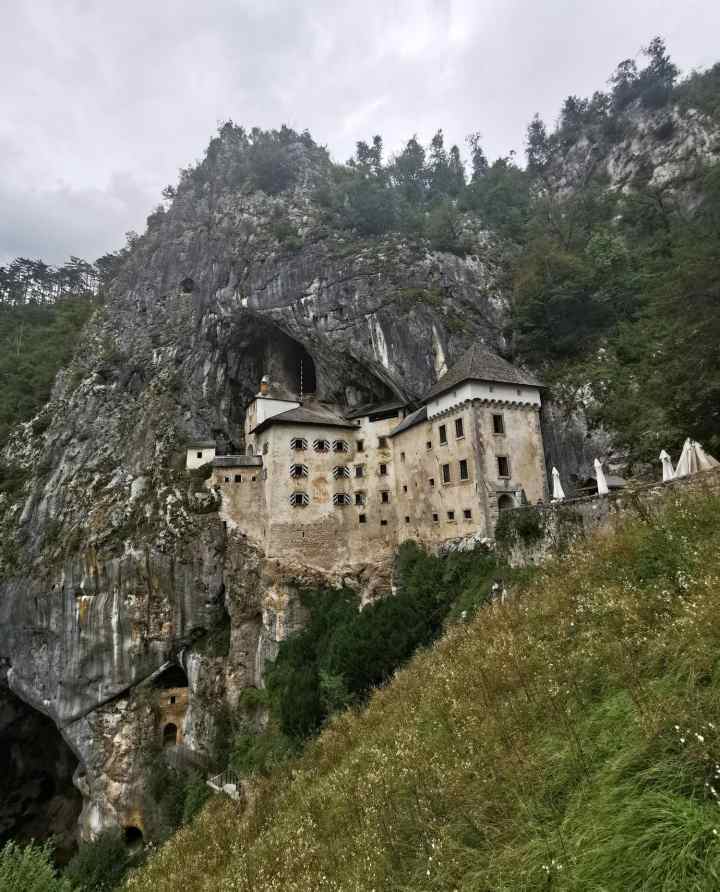Who said caves and castles don’t mix?
I think you all know by now that I love castles, but today’s pick, Predjama castle, is really special. It’s located in southern Slovenia and is the largest cave castle in the world (complete with a Guinness record), often ranked amongst the most interesting castles out there. It has reportedly influenced many film-makers and writers such as G.R.R. Martin and was even visited by the Ghost hunters team at some point – however, it’s not just a pretty face, because it also has quite the history.
The castle was originally built in the 13th century under an arch in a cliff and was later acquired and expanded by the Luegg noble family. One of them, Erasmus (Erazem in Slovenian) Luegg or Lueg, went on to become a fantastical local legend and became known as the Erasmus of Predjama. His original castle was called the Cave castle and no longer exists today, because it was destroyed during a siege and rebuilt, only to be destroyed yet again in an earthquake and rebuilt larger and in the Renaissance style we see today. Although the castle history didn’t end with Erasmus and it even became an important base for the Partisan resistance during WW2, all of that pales in comparison to the popular story of a robber baron who was shot while using the toilet.

Erasmus became the castle lord in 15th century, after he fled there to escape the wrath of the Habsburgs for killing an imperial army commander in a duel for offending his friend’s honour. He formed a connection with the Hungarian king Matthias Corvinus, another notable legendary figure in Slovenian history, and was openly against the Holy Roman Emperor. Depending on which version of history you choose to believe, he was either a robber knight conducting raids across the Carniola region or a mythical noble knight with all the the right knightly values. I’d say he was a bit of both, but the fact is that Hungarian calvary used his castle as a base for two attacks directed at the port of Trieste, so Gašper Ravbar, the governor of Trieste, besieged Predjama castle in retaliation.
However, the castle was not only built in the rock, but also on top of a network of Karst caves, so Erasmus was able shelter in and resupply through the caverns. He even built a secret tunnel from the castle to the outside and his enemies were left empty handed for over a year, until they bribed one of his men to betray him. Since they didn’t know which room Erasmus was in, they paid the man to light a candle in the window so they could pelt the right room with stone projectiles and finally kill him. After Erasmus was dead, the Habsburgs came after his reputation as well: as the legend goes, the room he was in was the lavatory and he supposedly met his end on the toilet, although official history says he was probably killed in his bedroom. Either way, the tragic legend of Erasmus of Predjama persists as one of the most popular medieval motives in Slovenian lore and adds a bit of mischief and mystery to visiting Predjama castle.
Impressions of Predjama castle
























Today the whole castle is a museum, albeit not a very good one, and you can see the escape tunnel and a part of the cave underneath as part of the castle tour as well. The cave under Predjama castle is actually the second longest Slovenian cave, goes 4 floors deep and is home to a large colony of bats, so it can only be visited in whole on adventure tours during the summer to avoid disturbing the bats’ hibernation time. Even though the museum is sadly not that good, there are some nicely furnished rooms and an armoury and you can also get an audio guide. The castle and the views over the valley are impressive enough that it’s absolutely worth a visit if you’re in Slovenia though, so I heartily recommend it. Besides, when’s the next time you’ll ever see a castle in a cave?
Know before you go: Predjama castle can be easily reached by car or via organised shuttle buses during the tourist season. You can usually get combined package tickets for Postojna cave and Predjama castle, because they’re only a 20 minutes apart, so if you’re interested in all of Slovenia’s popular attractions, that would be the cost saving way to go. Also, if you want to see the shiny golden castle treasures, they’re in the Notranjska museum in Postojna.



Share your thoughts with me